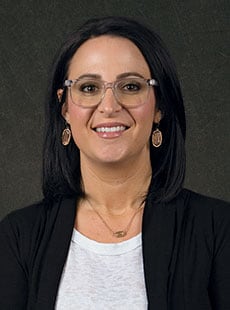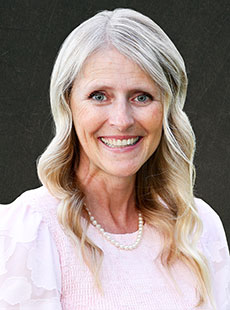» » »
What's On UEN-TV
Learn Global English As A Second Language

-
The AlphabetTuesday, April 8
10:00 am on UEN-TV 9.1This lesson teaches an introduction to the alphabet and the sounds and names of the letters, consonants and vowels. We look at personal pronouns (I, you, he, she, it, we, the) and the verb “to be,” "I am" "you are" "he is." We also look at the negative verb “to be,” "I am not" "you are not" "he is not" and a question form of the verb to be,” "am I" "are you," "is he." The English alphabet has 26 letters. We’re going to teach you those letters along with consonants and vowels. The vowel letters are A, E, I, O, and U. The consonants are everything else. B, C, D, F, G, H, J, K, L, M, N, P, Q, R, S, T, V, W, X, Y and Z. Next we'll move on to learn capitalization, sentences and punctuation, pronouns, verbs and articles. -
VocabularyTuesday, April 15
10:00 am on UEN-TV 9.1This lesson teaches Vocabulary, Nouns (people, places, things) Regular & Irregular Verbs, Identifiers (this/that/these/those), Prepositions. Nouns: We start with nouns which are a person, a place, or a thing. They are the essential vocabulary when you are talking about something or someone. Identifiers: This, that, these and those are identifiers that tell you which ones you want or which nouns you want. Prepositions: Prepositions give you even more information about the noun. A preposition tells you the direction, the location, or the time of a noun. Verbs regular & irregular: A verb, it gives you the action. It really tells you what is happening, what people are doing, where people are going. -
Present Simple Tense Sentence FormsTuesday, April 22
10:00 am on UEN-TV 9.1This lesson teaches Present Simple Tense Sentence Forms (Positive, Negative, Question), Contractions (Does Not/Doesn't, Is Not/Isn't), Pronunciation (Voiced and Voiceless Sounds, Words Endings (S, CH, IZ). -
Countable and Uncountable NounsTuesday, April 29
10:00 am on UEN-TV 9.1This lesson teaches Countable and Uncountable Nouns, Present Continuous Tense, Times, Dates & Numbers, Review of Consonants and Vowels, Review of Articles. A countable noun is anything that is large, you can count how many, or you can separate the items. We are going to look at these countable nouns, because they can have a singular or a plural including countable nouns with an es and s, ending and a consonant with a y at the end. A countable noun is something that is large, meaning you can see or identify the different ones. An uncountable noun is something that is too small to count. For example, water. Can you count water? You cannot. Water is an uncountable noun. We’ll look at the words we use to identify, how much or how many of a noun when the noun is uncountable. An article is a, an, or the. You always have to have an article when you are looking at singular nouns, countable or uncountable. From there we’ll talk about how much or how many and learn about numbers and dates and the days of the week. Finally we’ll make the present continuous tense with the verb “be” and look at “sentences”. -
Spelling RulesTuesday, May 6
10:00 am on UEN-TV 9.1This lesson teaches spelling rules, (using i after e, dropping the final e, changing a final y to i, add es, doubling a final consonant ing, ed), review of verbs, nouns, pronouns, upper/lower case, identifiers, present simple tense, present continuous tense, vowels & consonants, prepositions of place, forming sentences. We are going to look at spelling rules, make sure that you are correctly writing your words and then look at everything that we have learned so far in Lessons 1 through 4. The main rules that everyone will learn are the following. Rule number 1: i before e except after c. Rule number 2: drop the final e. Rule number 3: change the Y to I. Rule number 4: When you have a word that ends in a vowel and then a consonant, (like the word stop)you double the final letter.
Load All


 UTAH EDUCATION NETWORK
UTAH EDUCATION NETWORK

 Justin
Justin Braxton
Braxton Dani
Dani Kayla
Kayla Katie
Katie Lora
Lora Rob
Rob Val
Val
